Robyn Ochs and her partner, Peg Preble, tied the knot after the ban on same-sex marriage was overturned in Massachusetts, the first U.S. state with marriage equality. Ochs and Preble were happily together for seven years before racing to the altar in a mad dash to beat any further legal challenges by then-Gov. Mitt Romney or others opposed to marriage equality. They wed May 17, 2004 making national news and history as one of the first same-sex couples to marry.
Ochs and Preble's photo was used nationally and they were labeled a lesbian couple repeatedly, even by The Washington Post, to which they gave an exclusive interview headlined, "A Carefully Considered Rush to the Altar: Lesbian Pair Wed After 7 Years Together." The pair quickly became poster children for "gay marriage." The problem? Ochs not only identifies as bisexual but is a renowned bisexual activist.
Ochs taught classes at Tufts University on bisexual identity and sexual politics, something that was mentioned in the original Post article, and has dedicated her career to educating straight and LGBT people alike on the bisexual community. She is known for speaking nationally on bi erasure, biphobia, and monosexism (the idea that heterosexuality or homosexuality is superior to non-monosexual orientations). Yet the very thing Ochs works to eradicate happened to her.
"I contacted the journalist after the otherwise beautiful story came out and she apologized, saying she didn't have anything to do with writing the headline," Ochs said.
What happened to Ochs is more than just a useful anecdote for her talks all over the country about bisexual erasure. It's an example of how bisexuals are left out of marriage even when fighting for it on the front lines.
Even the term "gay marriage" is commonly used by LGBT and mainstream media outlets alike as marriage equality is an issue playing on the national stage. Yet use of the words "gay marriage" over "same-sex marriage" ends up erasing a bisexual person's identity from the very concept of marriage equality. In fact, judges rarely ever use the term "gay marriage" in court rulings -- they typically write "same-sex marriage," because of the nuances involved in being inclusive of all sexual identities (which, even then, range far wider than lesbian, gay, and bisexual).
"To me personally, it matters because one of the challenges of identifying as bisexual is dealing with repeated erasure," Ochs says. "My identity is hard-won -- I worked very hard and for a very long time to come to a place of comfort and pride about who I am, and it matters to me that people see me accurately."
Even with such erasure in media, bisexuals have a history of being in the center of the marriage equality fight in the United States. Lindasusan Ulrich and Emily Drennen were married three times -- twice during California's period of on-again, off-again marriage rights during the Proposition 8 era. Their photos were used in news pieces across the country, and they were labeled a lesbian couple, but both Ulrich and Drennen identify as bisexual women. Later, in 2011, Ulrich was a principal author of an internationally recognized 46-page report on bi erasure.
Drennen was even arrested after participating in a civil disobedience after one of the state rulings came down in California banning same-sex marriage yet again. Handcuffed in her wedding dress, Drennen was hauled off after protesting the ban.
"When the state erased our marriage, it felt like violence," Drennen told The Advocate. "Getting arrested was just a very visible way to say that it wasn't right and that our community was fighting back."
Their historic wedding photo and their wedding dresses currently hang in San Francisco's GLBT History Museum for its exhibit, "Biconic Flashpoints: 4 Decades of Bay Area Bisexual Politics."
Bi erasure has serious implications for bisexual people as it creates segregation by both the straight and gay community. "I often hear other bisexual people say that they feel isolated and alone and unseen, so anything I can do to challenge that I'm committed to do," Ochs says. "It's not based on statistical reality, so it's a question of visibility."
With that, the visibility of bisexual people is also crucial, as is visibility of any minority group, in order to recognize not only the needs of the community but the achievements as well. Though many cite inclusiveness by using the term "LGBT," Ochs says those who identify with the B are often without safe queer spaces where bisexual people can openly share their identities. Having those safe spaces is essential for more bisexual people to come out and share their narratives. It's also important for those entrusted to share those stories to be accurate in their retellings and are diligent in protecting those identities.
Even with many bisexual people involved since the beginning of the fight for marriage equality, bisexuals are still erased from the marriage equality equation, perhaps because of many basic misconceptions about bisexuality. That was on display when Larry King interviewed actress Anna Paquin and asked whether she is a "non-practicing bisexual." Then he went further and asked whether her bisexuality was in the past-tense, since she was married to a man. Her explanation that one's identity doesn't cease with marriage provided a fundamental teaching moment for viewers and King alike.
"We tend to make all kinds of assumptions about people's sexuality based on their current relationship," Ochs says. "For lesbian, gay, or straight people -- that more or less works. But it doesn't for us, it doesn't for bisexuals. In order to be seen, we have to take the extra step of specifically identifying ourselves."








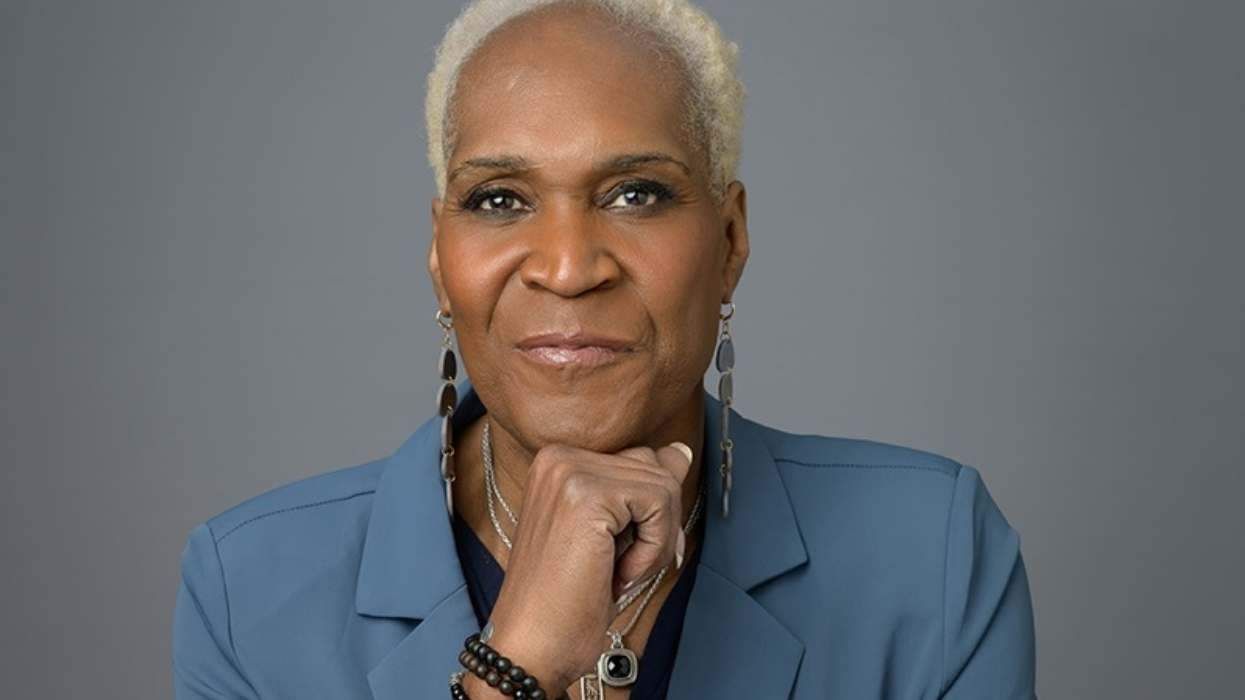
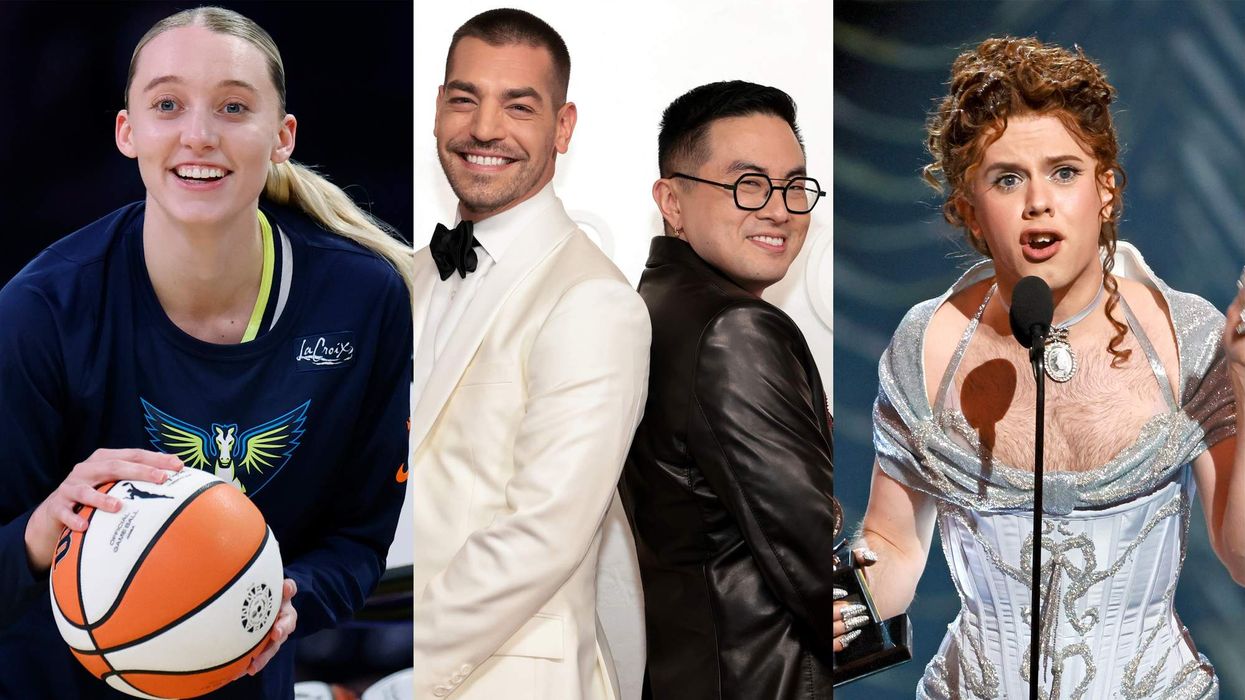
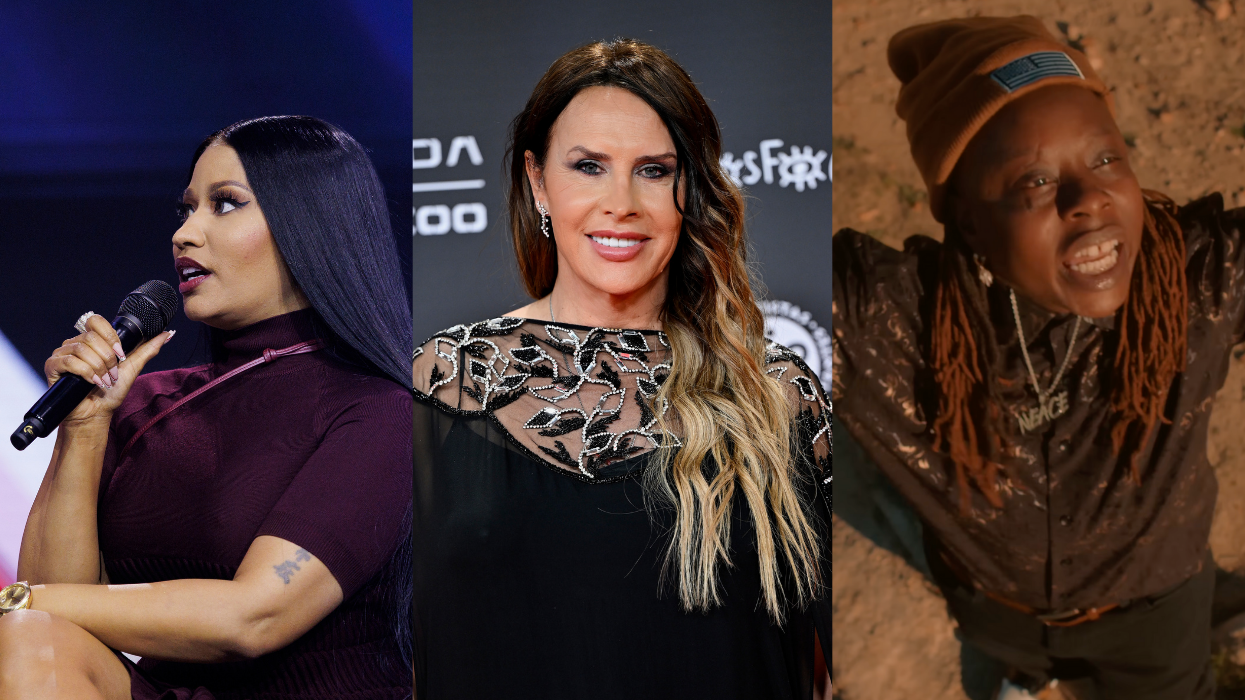
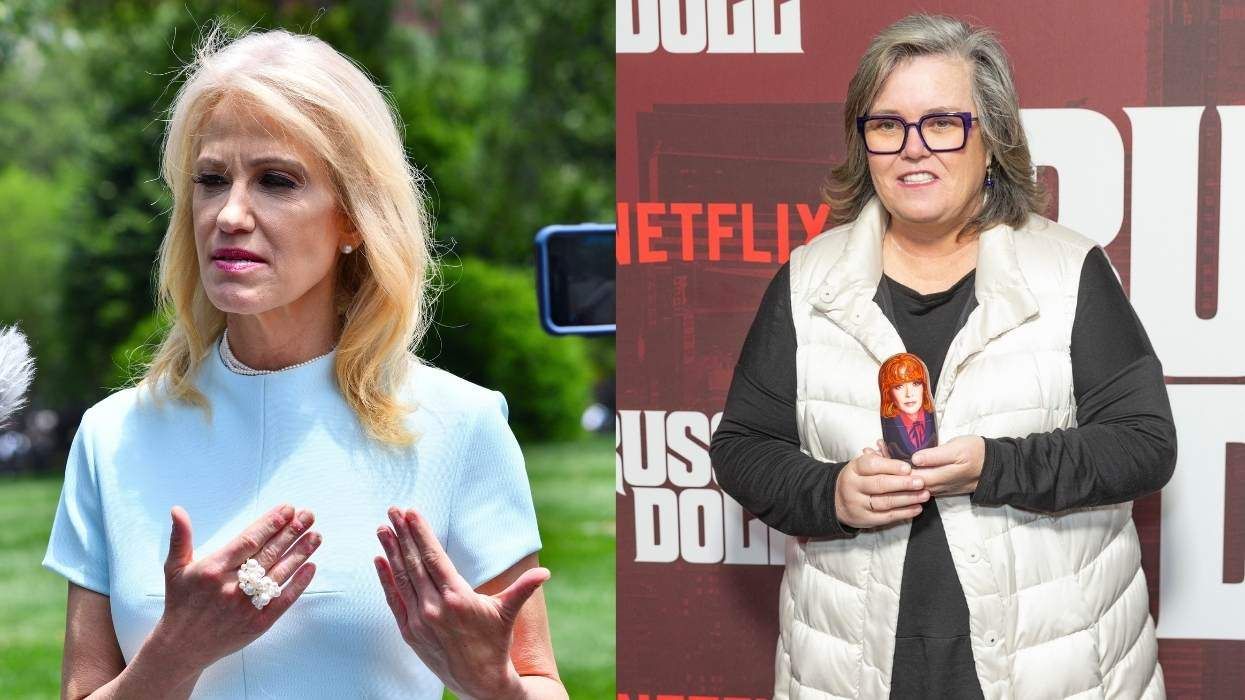
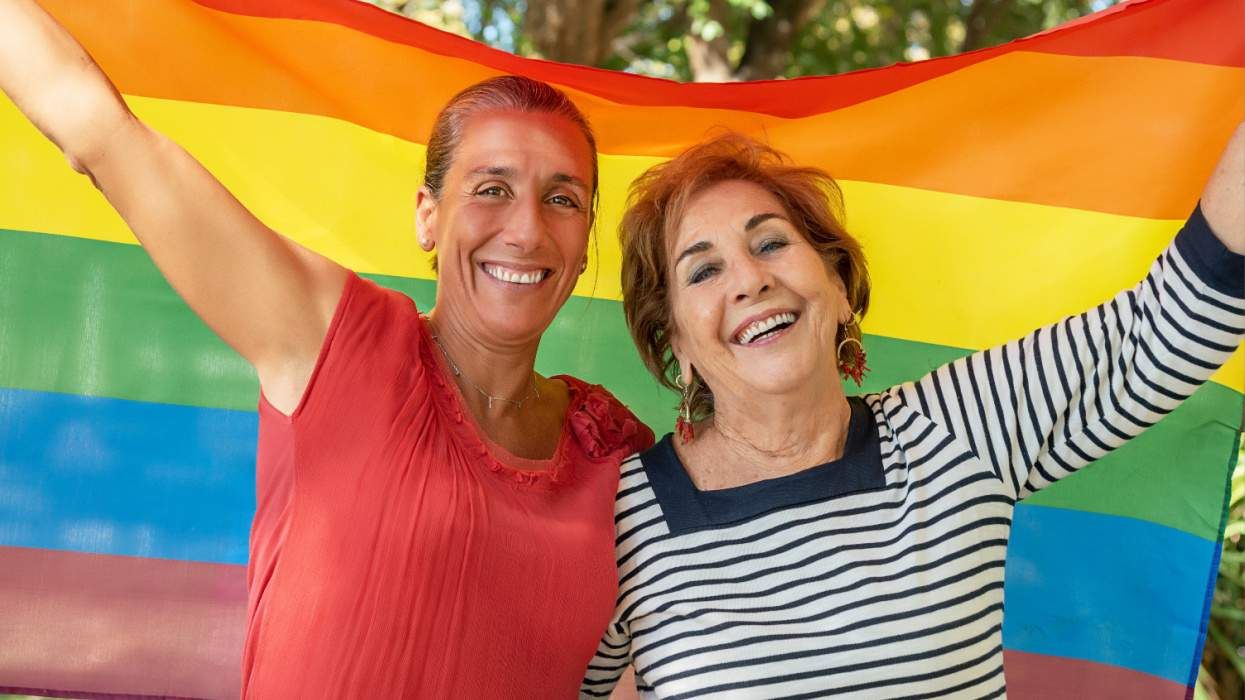
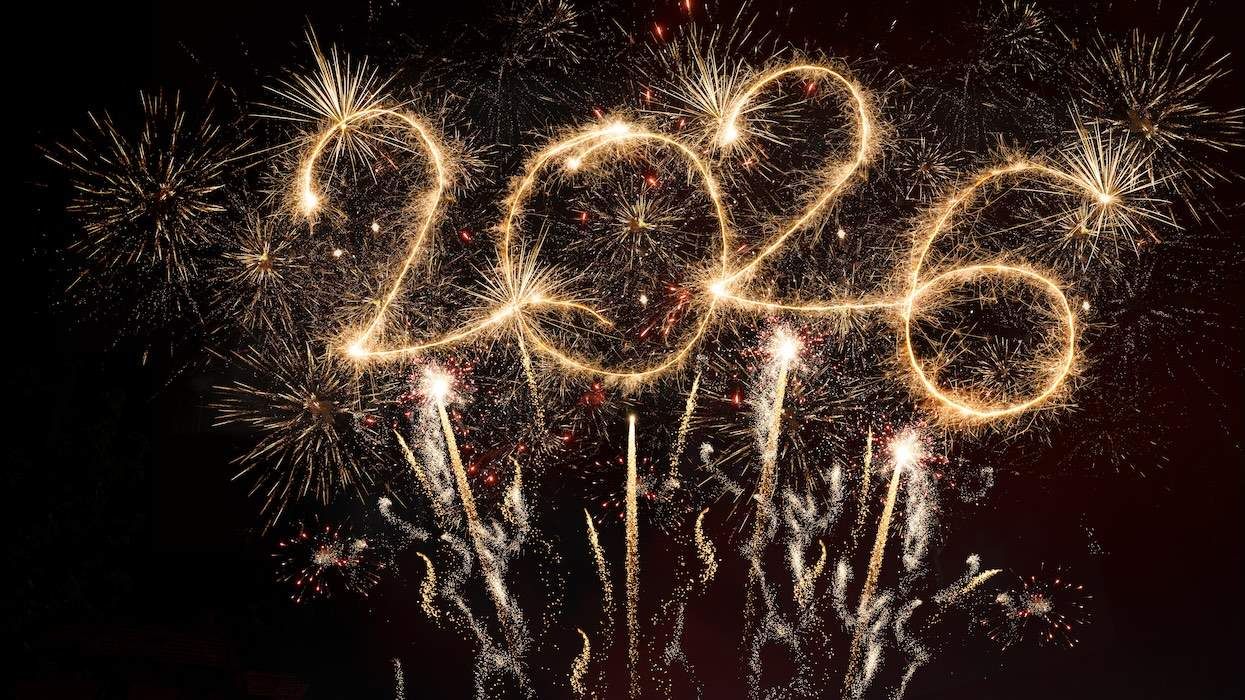

















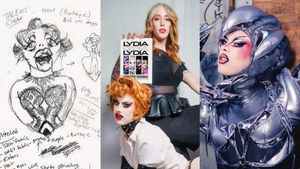









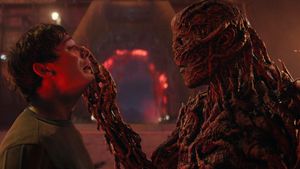

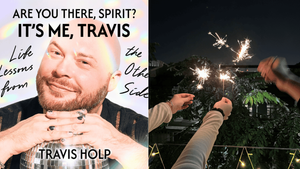





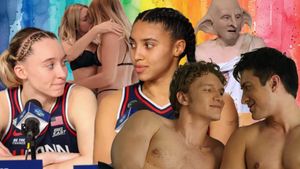


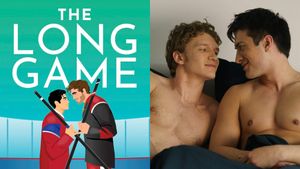


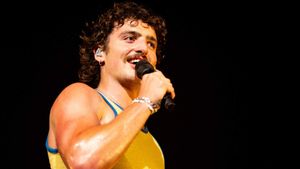
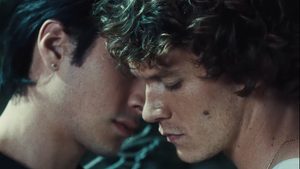


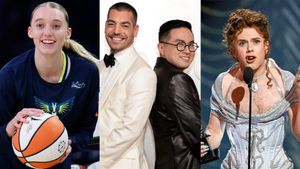





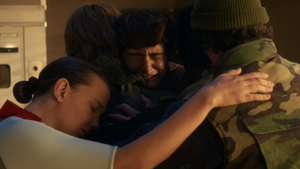


Charlie Kirk DID say stoning gay people was the 'perfect law' — and these other heinous quotes